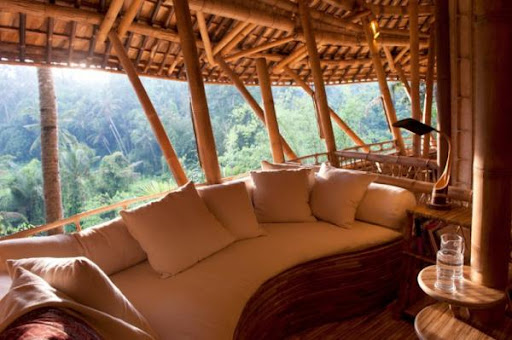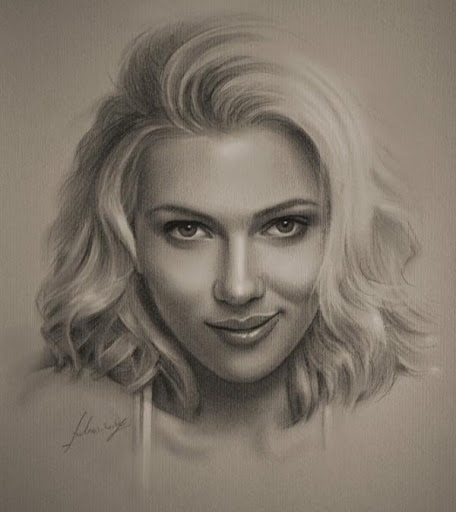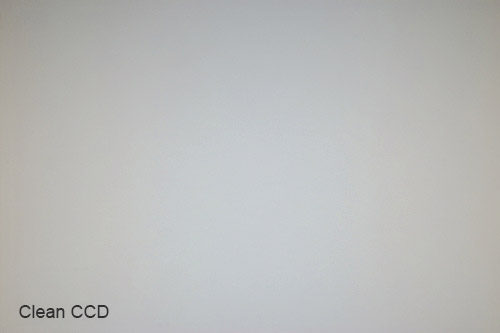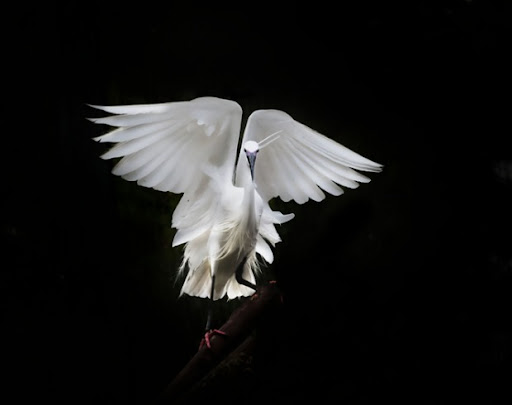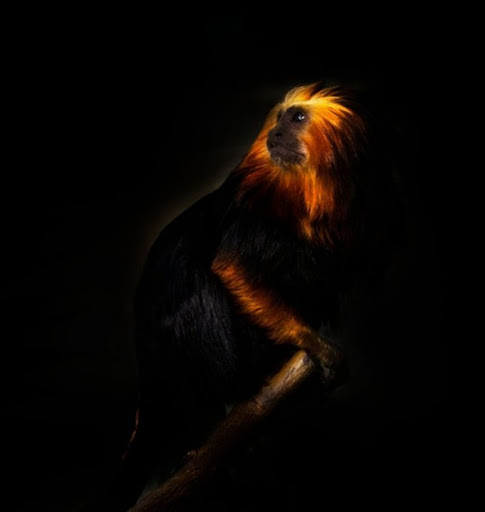
I see a lot of bags and packs that look like gimmicks trying to be passed off as something the average consumer can’t live without. Often they are toured as such. Few of them live up to the concept of making photography easier.
And that is why I eyed the LowePro S&F Lens Exchange 100 AW with a skeptical eye. “Look!” I imagined the PR rep shouting from on high, “You can change lenses more easily!!” I’m not a fan of individual lens cases and I usually only carry one extra lens not on my camera when I travel. But with my recent need to test a Tamron 90mm Macro, I decided to see if the small bag could deliver when I used it in conjunction with a Canon EF 10-24mm.
Specifications
- Internal Dimensions: 11 x 11 x 17 cm (4.33 x 4.33 x 6.69 in)
- External Dimensions: 14 x 14 x 19.5 cm (5.51 x 5.51 x 7.68 in)
- Weight: 0.4 kg (0.88 lbs)


In The Real World

The concept is simple: When opened, this bag has holders for two lenses. It can’t hold them both when closed, but the idea is you open the bag, expand it out, drop one lens into the empty holder, swap end caps and put the first lens on your camera. It’s meant to make things easier for one handed operation when you don’t have a place to set your second lens during a swap.
And it works! I’ve been using the under-the-arm technique for a while and it frankly frightens me. I’m not the steadiest of hands at times and dropping a $1500 lens is a bad idea. This bag actually cures that problem.
What’s more, this bag doesn’t try to be everything to everyone and I really like that. It holds a smaller lens (like a 16-35mm, 50mm or even 90mm) well and has space for another. I didn’t try it with a 16-35mm and the wide lens hood, but it should fit as well. It can’t handle a 70-200mm but for that it has a big brother, the 200 model.

There are a couple of elastic pouches on the sides to hold lens or end caps. Beyond that, the bag isn’t larger than it needs to be to accommodate extra stuff. No pockets for keys or extra cards or cell phone. Just a lens bag.
There is a nice belt loop velcro attachment on the back built in the normal, rugged LowePro fashion. The zipper pulls on the top are smooth, as I’ve also come to expect from LowePro and the use of a single handle is astonishingly easy. I’ve tried binding it up and it keeps on working properly. Very well designed for being so dang simple. There’s also a snap on the back (when both of your hands are free) to help secure the bag.
A shoulder strap is supplied and there is a rain cover. The rain cover seems a bit silly to me especially since it has holes form the shoulder strap. There is no way to get into the bag with the shoulder strap attached and the rain cover on. I have to remove the shoulder strap then take the cover off, which obviously requires more than two hands and a place to set the bag, most likely.

If the rain cover were not attached to the bag (a long time gripe of mine about LowePro rain covers in general) I could flip the rain cover the opposite way and still work the system with one hand.
Conclusion
The LowePro S&F Lens Exchange 100 AW works and despite me not wanting to like it (or lens pouches in general) I will be using it with my other bags when I want a slimmed down kit. I can attach it to the hip belt of a f-stop bag or the outer loops on a smaller camera/lens bag. I can also just loop my belt through it and forget about the bags altogether.
It also works better for me than the standard LowePro lens cases. With this bag, the case opens wise (I find those single lens bags have a lid that likes to flop closed when I don’t want it to) and the opening with a handle is just easier.
Get a price on the LowePro S&F Camera Exchange AW Bag 100 at Amazon.
Post originally from: Digital Photography Tips.
Check out our more Photography Tips at Photography Tips for Beginners, Portrait Photography Tips and Wedding Photography Tips.
LowePro S&F Camera Exchange AW Bag 100 [REVIEW]

